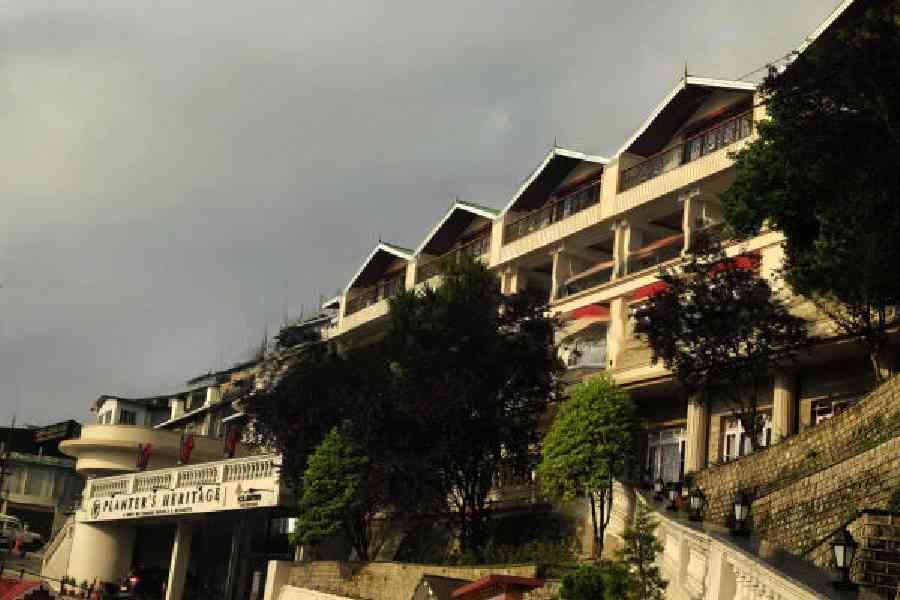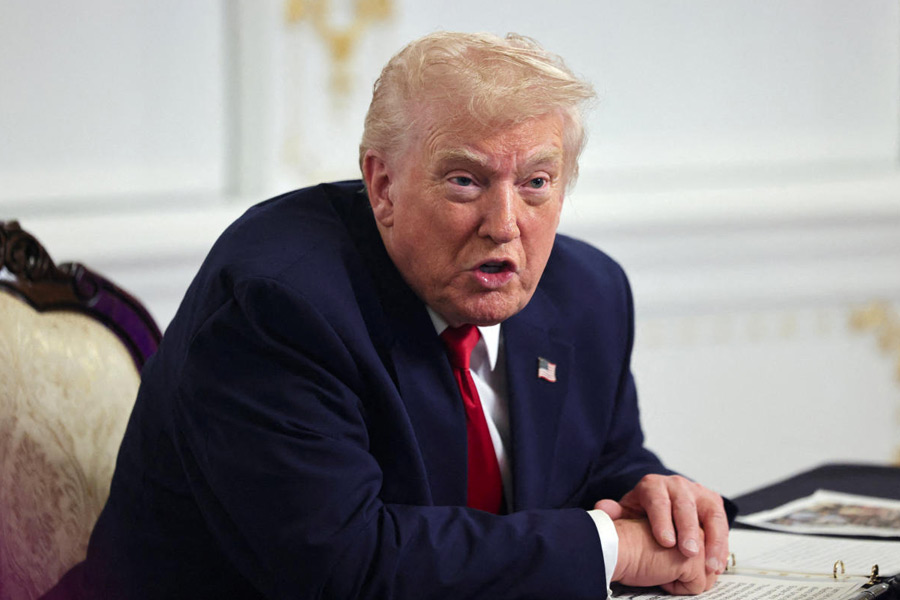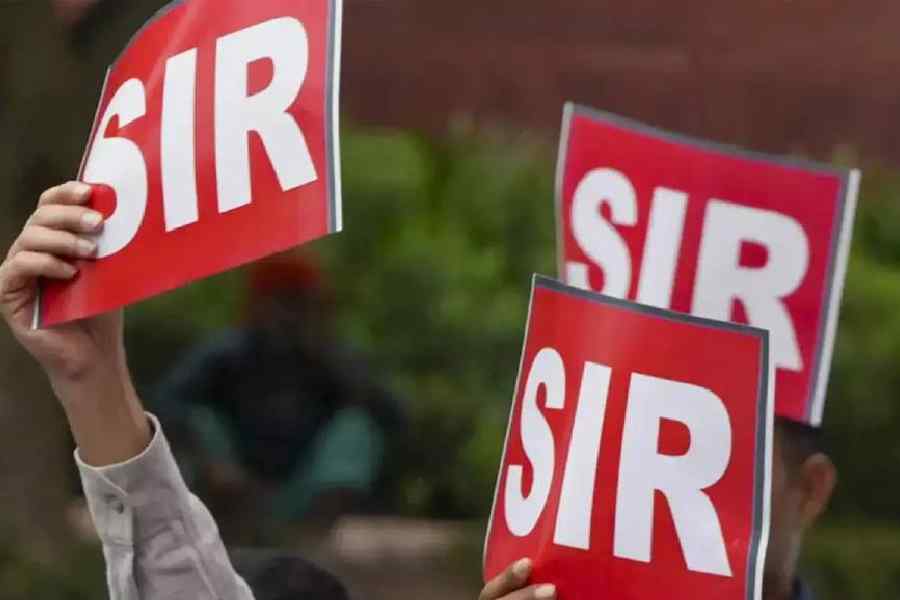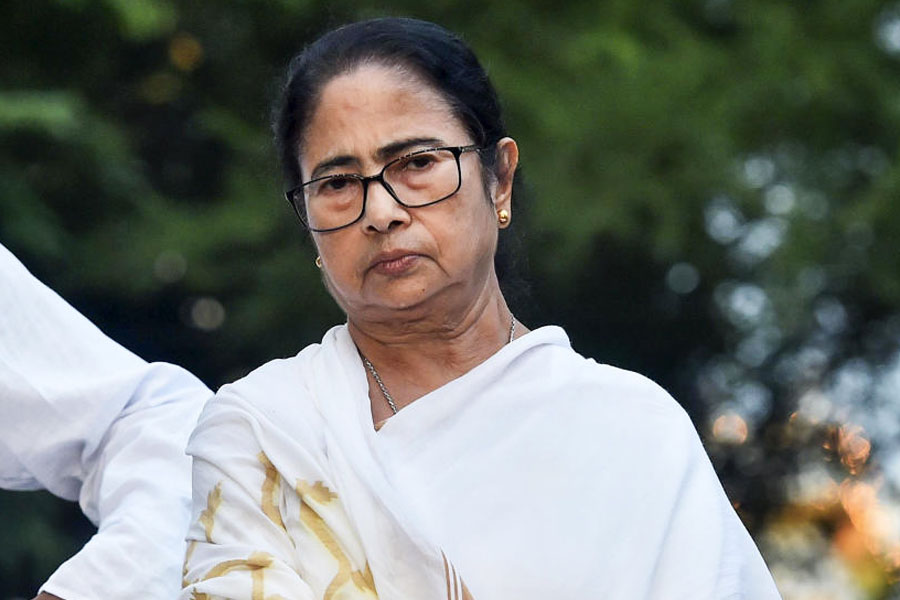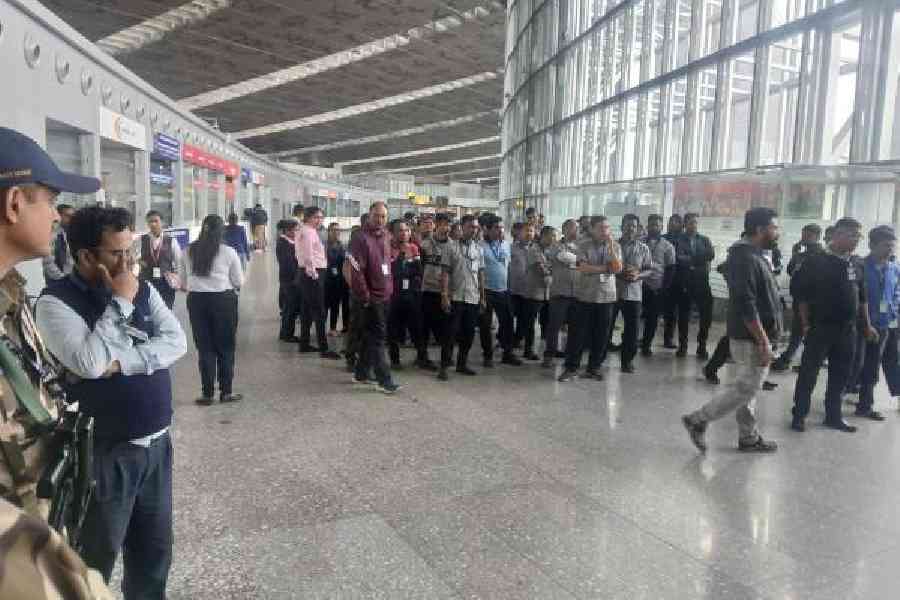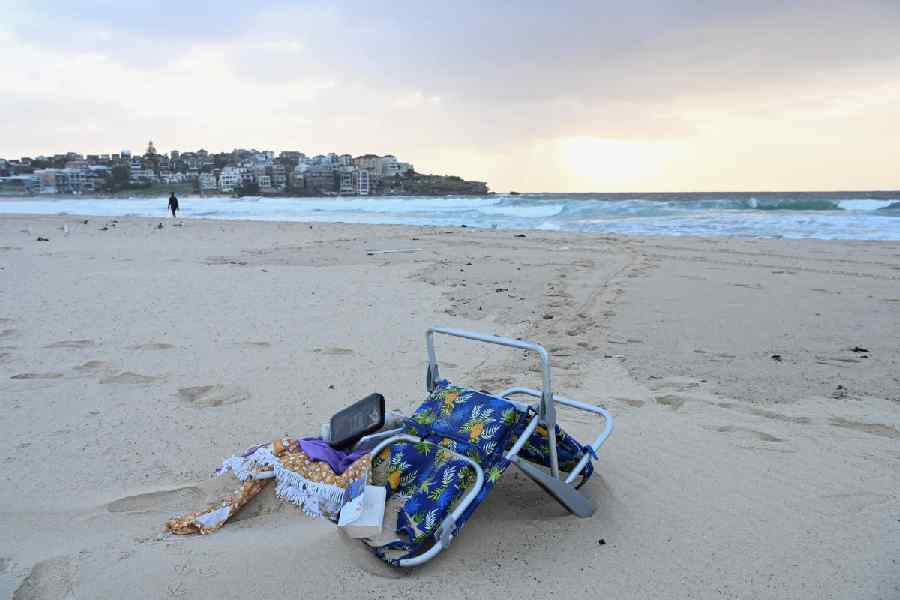The Darjeeling Club Limited — popularly known as the Planter’s Club and one of the most famous addresses in town, reopened its gates after nearly a decade on Sunday.
However, some changes reflect its financial compulsions.
Amar Singh Rai, the president of the club, said: “The club had been closed for renovation in 2016 and despite funds crunch we have been able to finally restore the property.”
Sources said that the club had invested ₹2.09 crore for renovation but was then unable to fund the project after the initial investment in 2016. The club then signed an agreement with a builder, Dawa Sangay to complete the project.
“According to the agreement, the club has given the property to Sangay on a 30-year lease. The lessee will pay an annual amount to the club,” said a source.
The new four-storey building has 37 rooms up from the previous 21 that Planter’s Club had before renovation.
The club will now function out of the expansive ground floor measuring 7,000sqft. The rest of the floors will have hotel rooms.
“The members will get a discount ranging from 30 to 35 per cent while booking the rooms or using the restaurant. Room bookings, however, have to be done a week ahead,” said Sangay.
The club also plans to extend the property in the coming days but this time they intend to use their own funds.
“We are looking at coming up with further 26 rooms by using our own resources,” said Rai.
The Planter’s Club was established by British officers, army personnel and planters way back in 1868.
Originally called the Darjeeling Club, it used to function from a place called Thorn Cottage in Darjeeling. In 1907, it became the Darjeeling Club Limited and shifted to the building from where it runs now near the Mall.
One of the famous addresses in Darjeeling, it is sought-after not just for its view of the Kanchenjunga but also because of its history and location.
The land on which the club was built was donated by the Maharaja of Cooch Behar, Nripendra Narayan Bhoop Bahadur.
The club, however, had not undergone any major renovation until 2016 apart from a quarter deck built after a part of the structure fell off during the 1934 earthquake.
A.N. Banerjee, the proprietor of Happy Valley tea garden, was the first Indian to be elected as the president of the club in 1971. Eudon Lhamu, a retired Indian Foreign Service officer, was the first woman to get a membership in 1992.
Some of the well-known artifacts of the club include Maxim’s Gun and five original “Snaffles” paintings donated by D.G.S. Osbourne, the club’s president from 1931-33.
The club has 20 wildlife trophies apart from oxygen cylinders used during the Everest treks. Currently, the club has 922 members from across the country and is affiliated to around 120 clubs, Major (Retd.) J.S. Rana, the chief executive officer of the club said.

